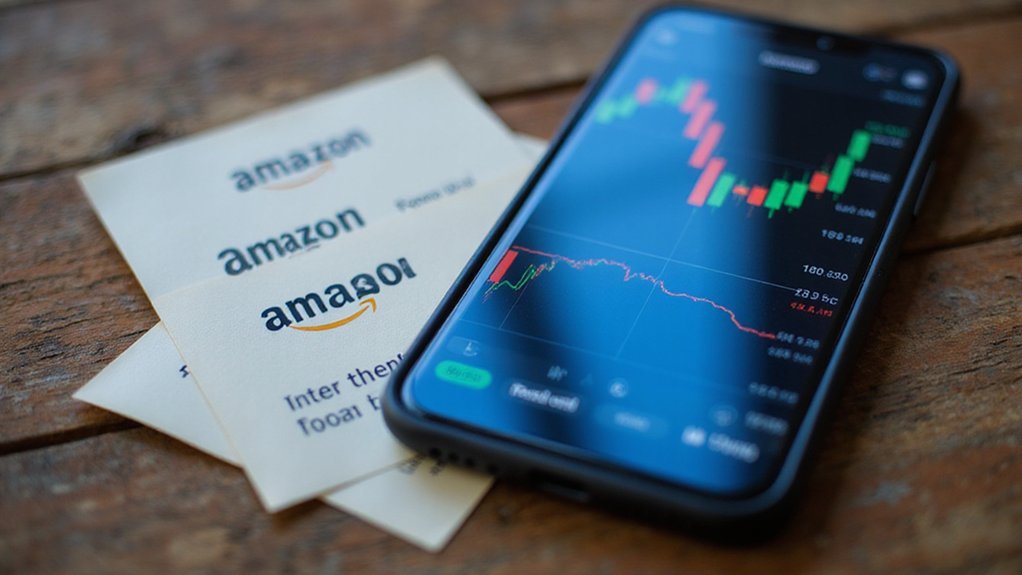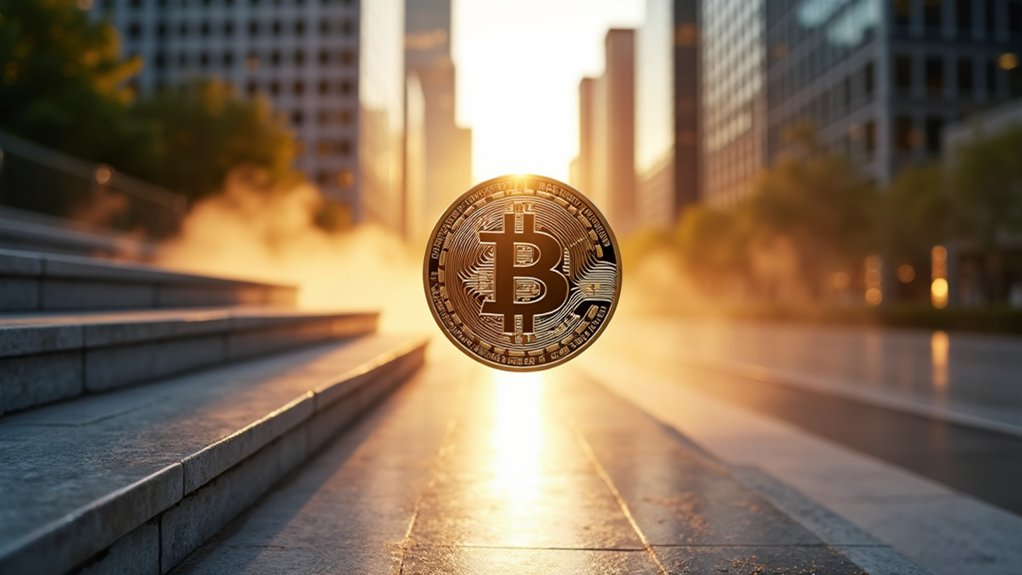While the financial world has spent decades perfecting the art of transforming physical assets into increasingly abstract derivatives—often to the point where few participants understand what they actually own—the emergence of Real-World Assets (RWAs) represents a curious reversal of this trend. These tokenized representations of tangible assets promise to bring transparency and liquidity to markets that have historically operated with all the efficiency of a medieval guild system.
RWAs promise to drag medieval-efficiency markets into modernity through tokenized transparency—assuming we can solve the rather inconvenient problem of digital reality.
The transformation of RWAs into digital mirrors demands foundational protocols that would make even the most seasoned blockchain architect pause for contemplation. Unlike traditional securitization (which cleverly obscures underlying assets behind layers of complexity), RWAs require accurate, real-time representation of physical properties—a task that proves remarkably challenging when dealing with assets that stubbornly refuse to behave like code.
Financial institutions have already demonstrated the power of data transformation through real-time fraud detection systems and AI-enhanced credit assessments using tools like Apache Spark. Their ability to process vast transactional datasets for regulatory compliance and risk management provides a template for RWA implementation, though the stakes feel considerably higher when dealing with tokenized real estate rather than credit card transactions. The finance sector’s capacity to transform raw data into standardized formats for regulatory compliance offers a crucial framework for ensuring RWA tokenization meets evolving regulatory requirements.
The manufacturing sector offers perhaps the most compelling blueprint for this digital mirroring. IoT sensors continuously transform equipment data into predictive maintenance insights, while real-time analytics optimize supply chains with impressive precision. Energy consumption monitoring and quality control systems exemplify how physical asset health can be accurately reflected digitally—assuming one can solve the non-trivial problem of ensuring data integrity across multiple systems. These fractional ownership models enable investors to access previously exclusive markets with minimal capital requirements, fundamentally democratizing asset investment.
Companies like IKEA and Audi have pioneered AR and AI applications that create sophisticated digital twins of physical products, while Netflix’s data-driven content personalization demonstrates how traditional models can be fundamentally reshaped through intelligent analytics. These examples illuminate the path toward truly transformative RWAs, where blockchain infrastructure, AI-enhanced valuation, and IoT data streams converge to create something approaching a coherent system. The data cleaning and normalization processes that underpin these transformations ensure consistency across disparate data sources, preventing the kind of systematic errors that could undermine asset valuations.
The challenge, naturally, lies in ensuring data accuracy while maintaining the security and transparency that make RWAs theoretically superior to their traditional counterparts—a task that requires reinventing foundational assumptions about how assets should behave in digital environments.









